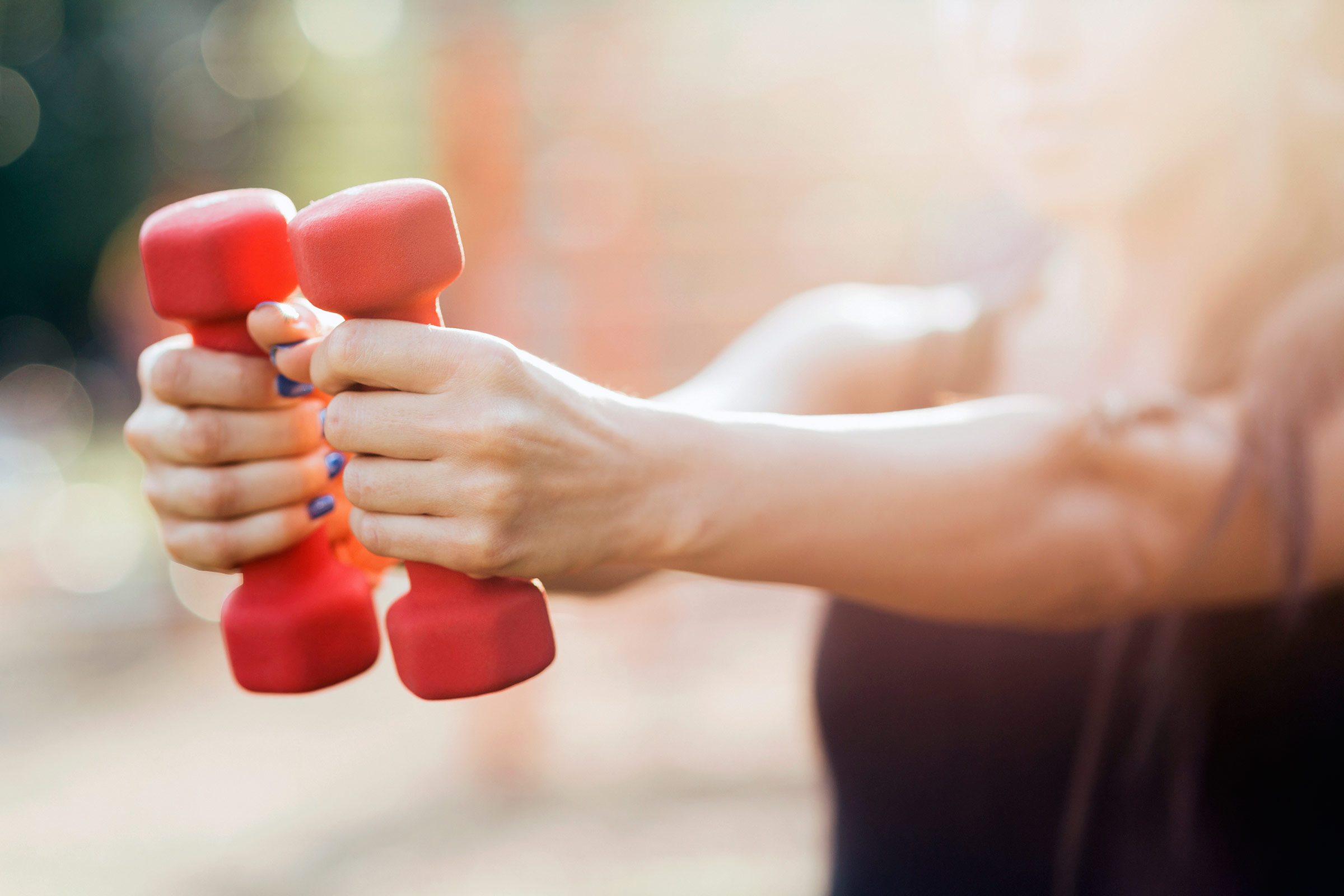
1. Feel Good About Being a Lightweight
Grab that three pound weight—it’ll still help you build muscle. A new study found that using light weights for more repetitions, until muscles are fatigued, promotes the same muscle building response as lifting heavy weights for a few repetitions. So if you’re nursing an injury—or would just rather workout from the comfort of home instead of an intimidating weight room—get going with those small weights, resistance bands, and exercises using body weight.
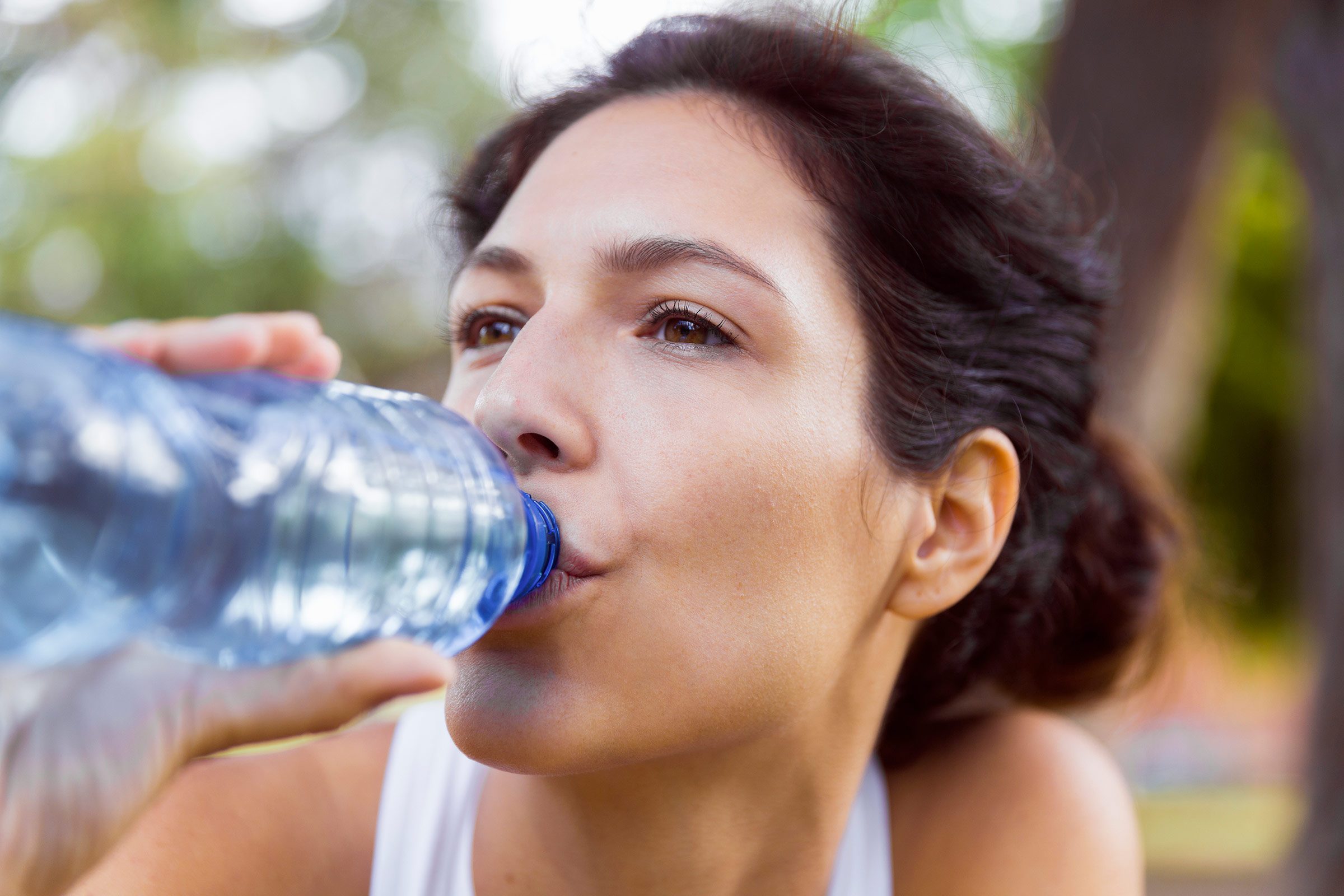
2. Carry a Cold Water Bottle
When the weather outside is hot, stick a water bottle in the freezer and then carry it outside for your walk, run, or workout. A new study from Stanford University demonstrated that participants holding a cold device experienced less fatigue and could exercise for longer periods of time in warm conditions.

3. Drink a Cup of Coffee
Make like an Olympian and have a cup of joe before heading off to exercise—more than 2/3 of athletes studied had caffeine in their urine, making it the most used “drug” in sports. The professionals are onto something: a new study shows that participants who had a caffeinated drink before a weight lifting session were able to do more before they were exhausted—and left looking forward to their next workout. That’s what we call a win-win.
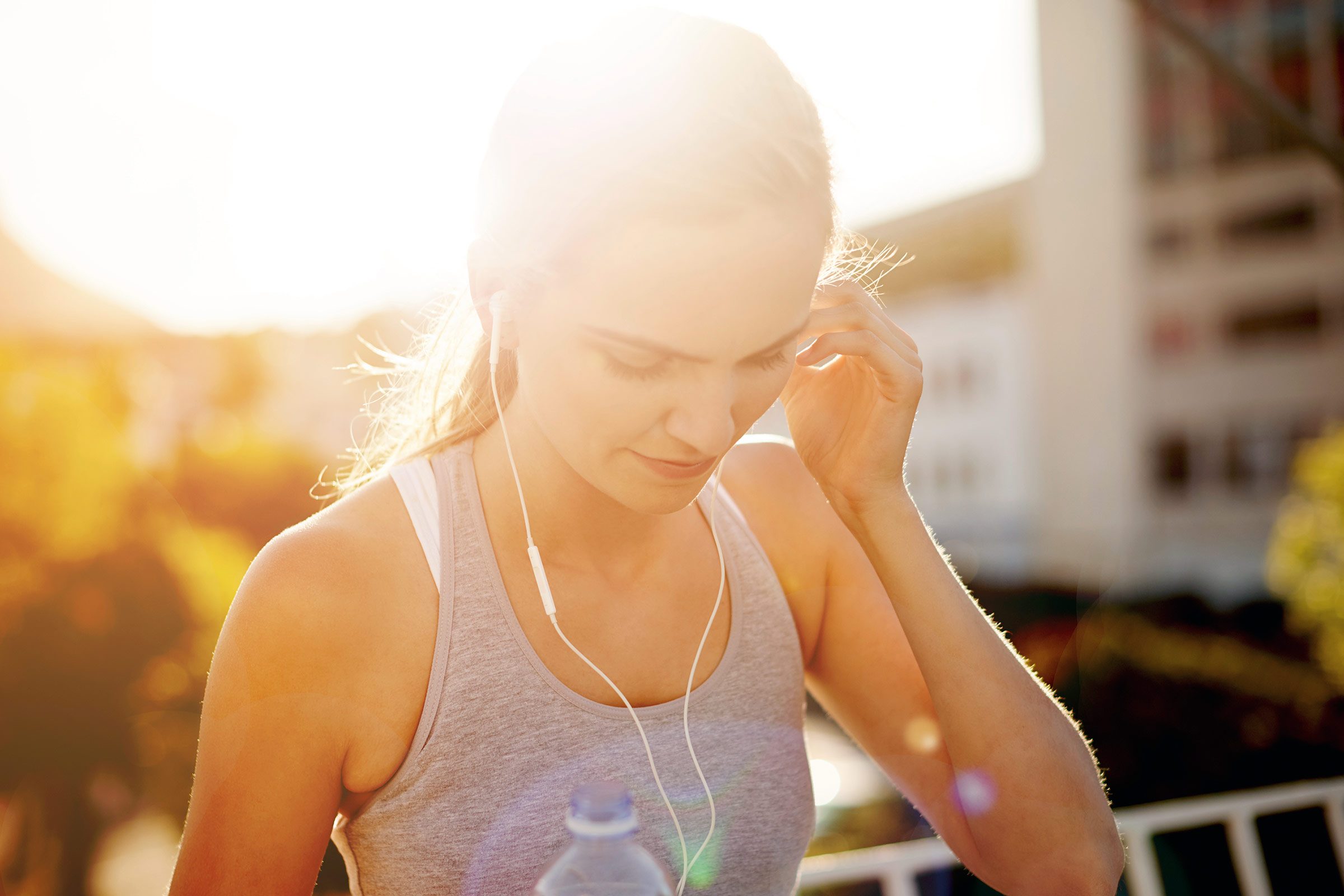
4. Load Up a New Playlist
“Music has some kind of privileged access to the motor system,” neuroscientist Robert Zatorre told NPR. “When you are perceiving very rhythmic sounds, particularly those that are used in music, these sounds engage the areas in networks of the brain that allow us to move and in particular synchronize different muscle groups.”
So music is a magic workout motivator, but it’s not always a top priority to add new songs to your repertoire. Head on over to Sweatin’ With NPR to pick a mix tailored just to your sport, from a Gospel music workout to kickboxing, Urban Cyclist, Classical, and a Rocky Balboa Montage.

5. Watch an Inspiring Commercial
Can a 90 second spot of Olympic-sized chills get you out the door? Cue up a list of inspirational fitness commercials on youtube (we like the ones featured here). To start off, get revved up with Under Armour’s ‘Protect This House’ spot, filled with Olympic athletes training their hardest.
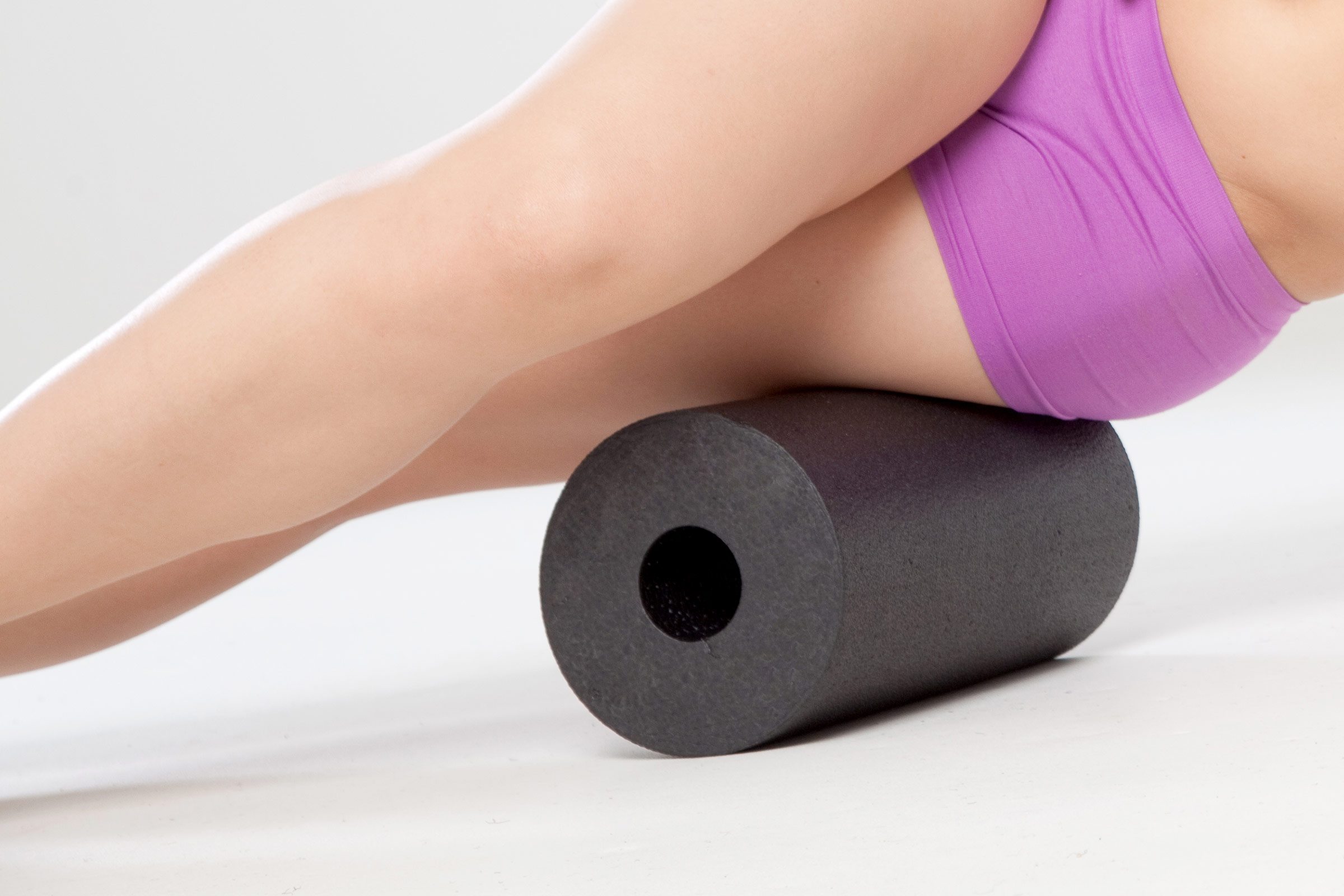
6. Make Friends with a Foam Roller
Stop muscle knots in their tracks—without a visit to a massage therapist. Unlike tight muscles, knots can’t be stretched out, and can often lead to tears and muscle imbalances. But with a $20 foam roller you can treat and prevent knots at home, using the power of your own body weight. Simply lay with the specific body part on the log (you can use it for everything from quads and hamstrings to calves, IT bands, glutes, and back) and roll until you reach a tender spot. Move back and forth on the area for a few moments; repeat daily.
To watch videos for various exercises, visit runningtimes.com »

7. Get Appy
Consider your smartphone a healthphone—there’s a range of apps to help encourage, track, and help with your fitness. Runners will like Map My Run, which also includes coaching advice, and cyclists will enjoy Endomondo. If you need a push to get to the gym, commit to gym-pact. Each week you pledge a dollar amount and the daily workouts you’ll perform; if you skip, you lose money. But if you make your workouts, you’re paid out of the fund of everyone else who skipped—typically $0.75 a workout.
Or check to see if your gym has its own app—national chains like Lifetime Fitness and Equinox have apps that include upcoming classes, locations, and check-in incentives. Finally, put a little motivation in your hand and download the free app “101 Revolutionary Ways to Be Healthy.” You’ll never be without a dose of inspiration again.
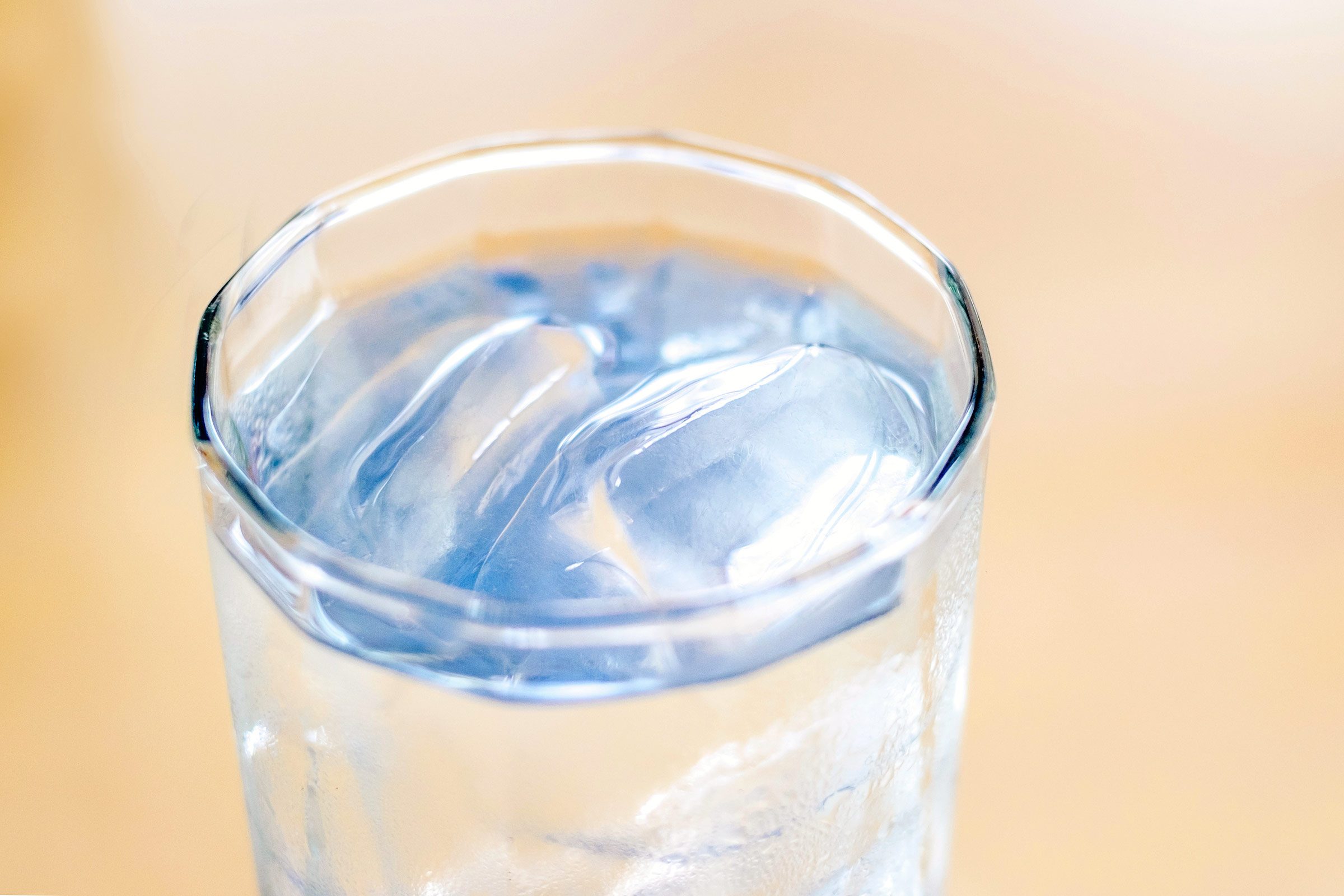
8. Hydrate All Day Long
You know it’s good to drink water during and after your workout—but the biggest benefit may come from the H20 you drank hours earlier. Plan to have at least a few sips every hour, and you’ll go into your time at the gym in the best shape possible.
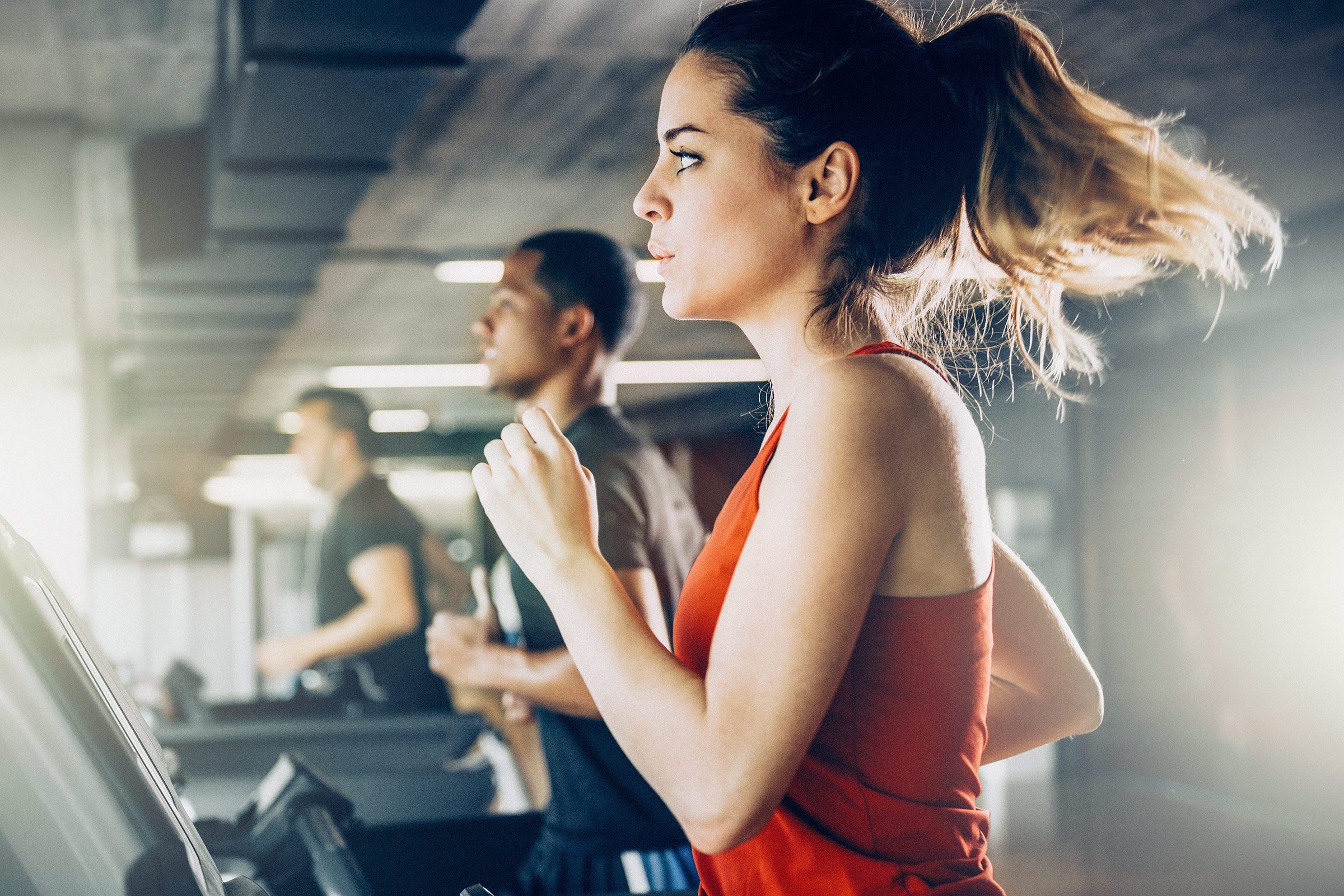
9. Go All Out—For Just a Minute
Forget about slogging away for hours at marathon speed. New evidence shows that just 60 seconds of all out exercise (at about 90% of your maximum heart rate) followed by 60 seconds of recovery, can dramatically improve fitness. Repeat the cycle 10 times (for a total of 20 minutes) and you’ll significantly improve fitness in just a few weeks. Or just add in a few fast sprints to your regular run, walk, bike ride, or elliptical session.
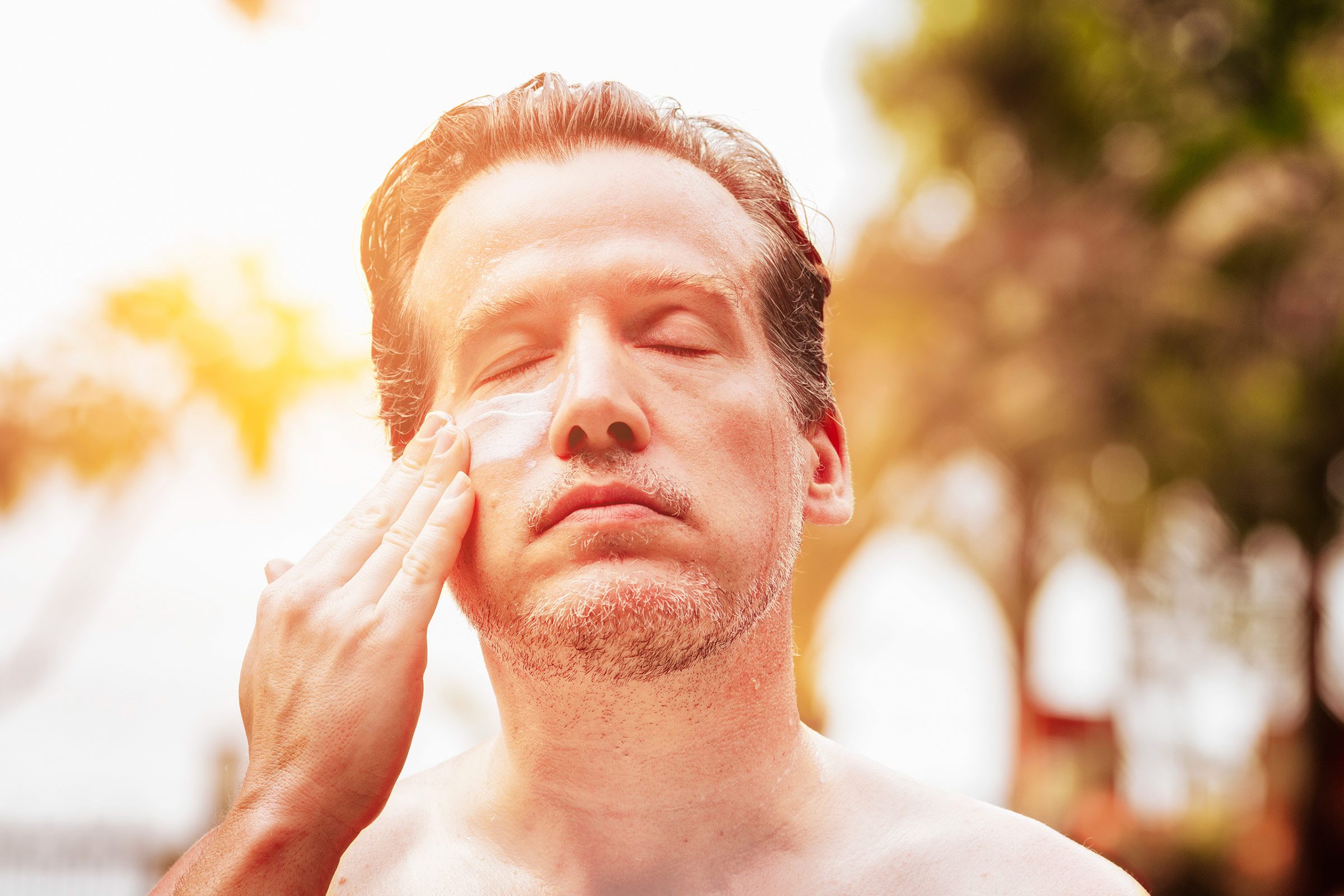
10. Wear Sunscreen
This timeless advice applies to all areas of your life, but especially to outdoor workouts. While you might always apply sunscreen for a day at the beach, it’s often overlooked during an early morning or rainy run. “Daily sunscreen should be just a starting point. Put it on as routinely as you brush your teeth,” Mark Naylor, M.D., a cancer biologist and assistant professor of dermatology at the University of Oklahoma Health Sciences Center, tells Runner’s World.
Look for new labels this summer that say a product is “Water Resistant”—by the end of the year, it will be the only term allowed, and will also tell you how many minutes you can safely rely on its protection while sweating or swimming. And remember to always protect areas like the bottoms of feet and in between toes when you’re at the beach—you’ll feel those burns painfully when you lace up your sneakers.

11. Wear Good Socks
Look for a snug pair made from polypropylene or wool—a good fit will keep blisters at bay, and moisture-wicking material will help prevent fungal infections and pale spots on your feet, called macerations. And it might sound obvious, but take your socks off and let your feet air out as soon as possible after your work out—it’s the fastest and easiest way to get them dry.
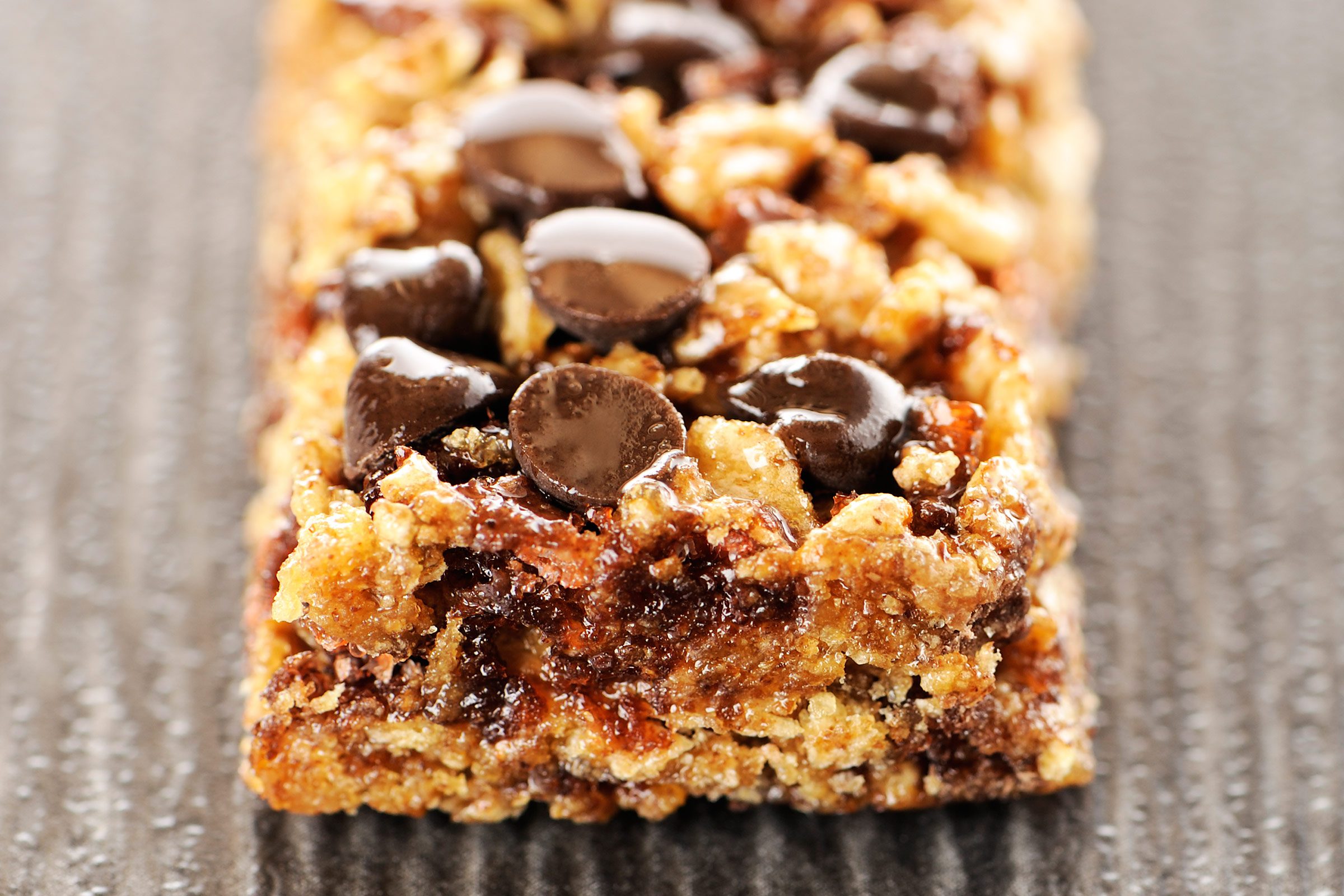
12. Have a Snack
True story: Your body can’t work to the fullest if it’s running on empty. If you’re eating enough regularly, your body has at least an hour’s worth of high intensity fuel stored away. But if you feel better with a little food, eat a nutritionally balanced small meal about two hours before a workout, or a small snack about 30 minutes before putting on your sneakers, says Dean Anderson of Sparkpeople.
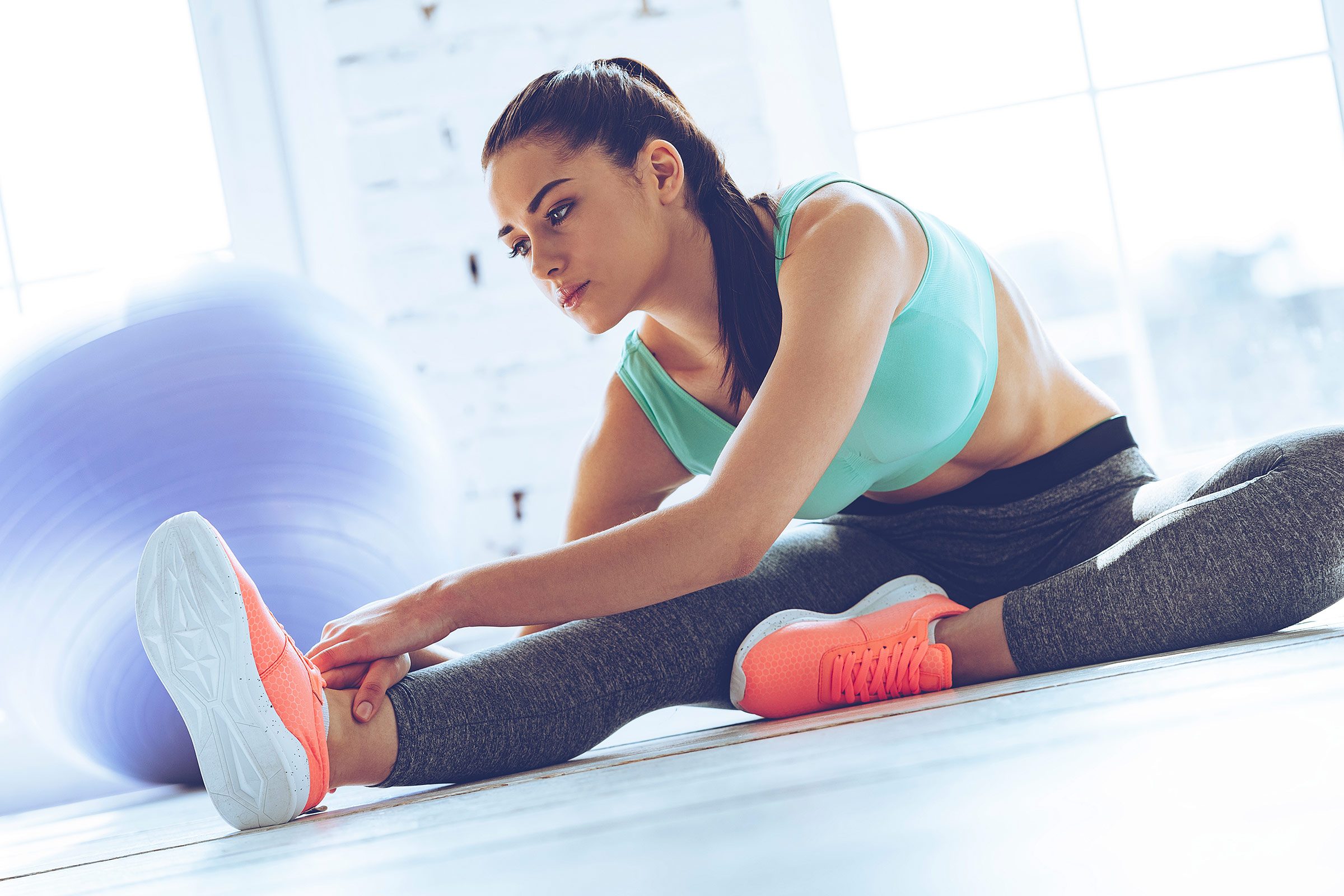
13. Save the Stretch
There’s no need to hold your toes and count to ten before hopping on a treadmill—static stretches before you’ve warmed up (or even after a few minutes of cardio) are generally ineffective—and may even be harmful. When should you bend away? A few minutes after your workout should be all you need.